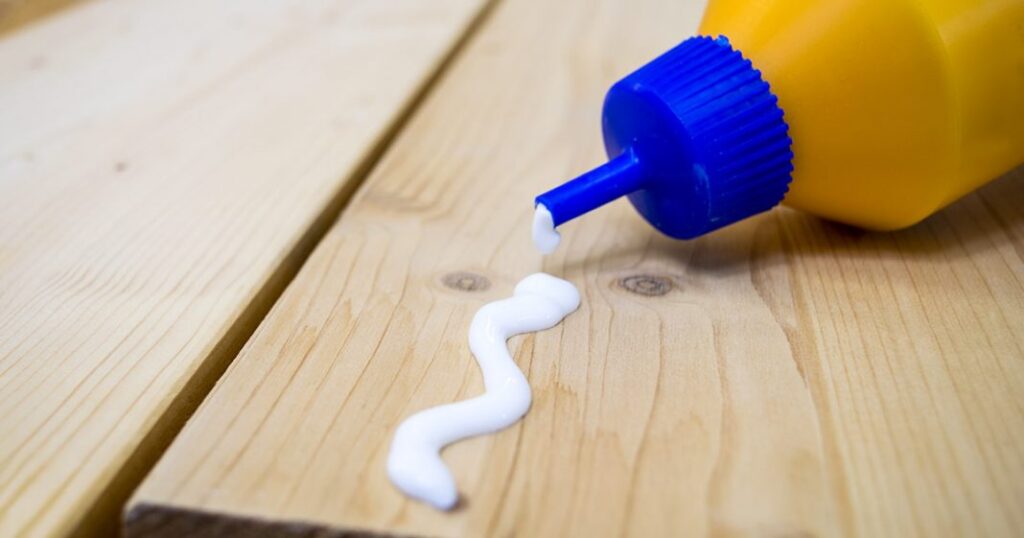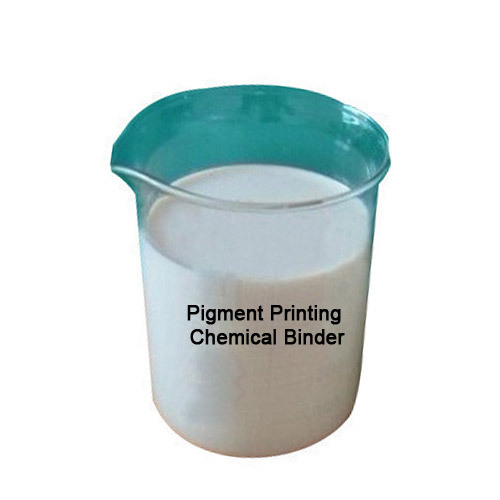Wood Adhesive are use in every step of cabinetwork manufacturing Wood bonds are use to join rustic particulars together or to attach them to other accoutrements.
Product at a faster rate is more pivotal moment. With rapid-fire drying cements, cabinetwork product lines might be more productive.
The operation of wood products has expanded dramatically as the assiduity has progressed, and as a result, the need for wood bonds has increased as well.
There are several types of wood bonds available currently.
Choosing the right product is critical to icing that your task goes off without a hitch. To begin, you must first determine the operation area and elect the applicable glue.
A variety of bonds are frequently use in woodworking. Curing time, strength, density, and water resistance are each different attributes that determine how they’re use.
A variety of adhesives are often use in woodworking. Curing time, strength, viscosity, and water resistance are all diverse attributes that determine how they are use.
Top 3 best adhesive for wood?
A excellent wood glue is not only incredibly strong, but it’s also easy to work with.
It should be forgiving enough to let you to place your shells properly without binding too presto, and any unasked residue should be easy to remove.
The accoutrements that appear to form a strong connection but also dry and leave you with loose bits covered in an uncomely, brittle coating are the most frustrating.
To help unwelcome issues, take a look at our top choices, which offer exceptional strength and are ideal for a variety of tasks.
- Gorilla Wood Glue
When it comes to inflexibility, simplicity of operation, and affordability, this cement comes out on top.
Gorilla is a beginner to the cement game, but it has produced solid wood cement that outperforms multitudinous contenders in terms of tenacious strength.
The PVA formula is water- base and has a kindly thick viscosity that makes it simple to manage and distribute, and it binds effectively to hardwoods, softwoods, and wood mixes.
You’ve presumably tried other Gorilla products that expand as they dry, but this cement keeps its shape.
It’s also odorless and dries snappily and nearly transparent, making it perfect for jobs that need to be complete in lower than a day.
- Elmer’s Wood Glue
Another famed cement manufacturer offers this cost-effective and effective result. A gallon of the material will bring you a bit of the price of similar wood cements, and it’ll last you a long time.
This cement is design for construction, but it’s handy to have on hand for ménage repairs or other DIY systems. It is not water-resistant, but it’ll give long- lasting seals for softwoods and hardwoods in the interior.
Because the form contains wood filaments, you may simply beach, stain, and paint it after it’s fully dried. It dries nearly transparent, analogous to Gorilla cement, furnishing a affable finish.
- Glue Masters Thin Instant Glue
Accidental fractures that bear quick treatment can be fix with thin superglue. It’s a general- purpose cement that excels in wood-on- wood operations, whether you are repairing a broken model boat or strengthening a sign.
It runs quickly and is perfect for covering small areas; the bottle has a narrow nozzle for optimum precision. It dries almost immediately, in approximately 15 seconds, as its name indicates.
What is the difference of wood glue and wood adhesive?
There are two types of bonds wood cement and erecting Wood glue.
Despite the fact that they’re occasionally use interchangeably for specific operations, the two have unique advantages and downsides depending on the operation.
In particular situations, the two should Norway be use interchangeably. Negotiations may be possible in other situations.
Let It All Hang Out
Use wood cement on bare wood, as it’s meant to set thin, according to The Natural Handyperson. Construction glue is veritably thick and doesn’t access as well as wood cement.
Wood cement joints are generally stronger than the wood and will noway separate if duly applied and cured. Construction wood glue doesn’t dry as hard as wood cement and is prone to separation when subordinated to pressure.
Closets and hidden woodworking joints should be cement using wood cement. For laminating two pieces of wood together or adding trim or moulding on any bare wood design, use wood cement.
Construction wood glue isn’t suitable for the maturity of woodworking operations
What is the purpose of wood adhesive?
“Wood bonds” have played a critical part in the development and effective use of wood in the cabinetwork and timber products diligence. Cohere is the most extensively use substance in wood goods.
Wood Bonds are more necessary to keep the structure of different wood products (plywood, MDF, particleboard, OSB, structural frame, and hardwood architectural doors, windows, and frames).
Wood Bonds are use considerably in bottom coverings, kitchen worktops, and ceiling and wall penstocks.
They’re also use in nonstructural operations similar as machine upholstery and accessories. Wood Bonds increase the resistance strength and stiffness of the compound distance. The cement’s stickiness is determine by the wood glue relating chain.

To know more


